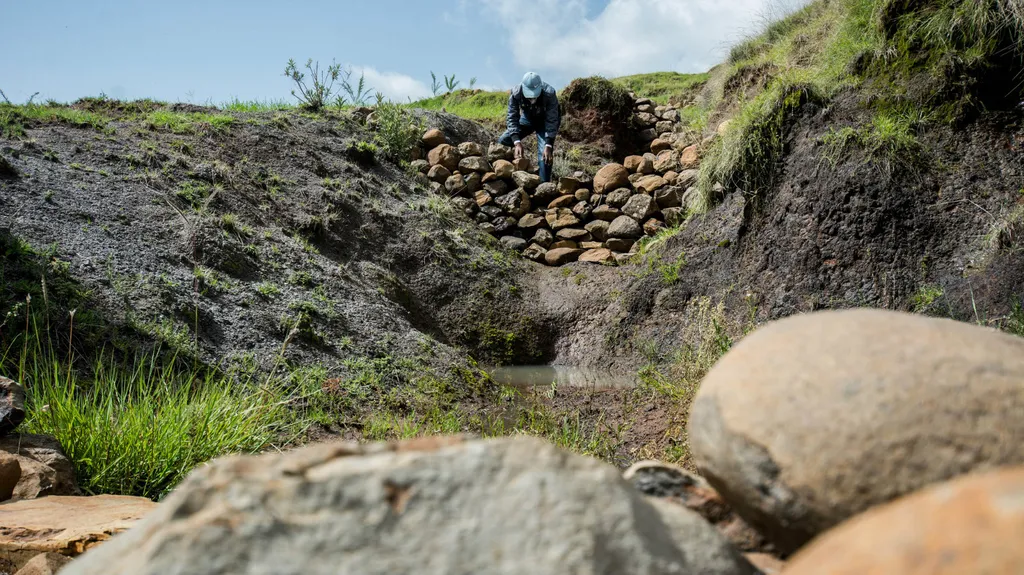In the heart of Ethiopia’s Awash River Basin (ARB), where rainfed agriculture is a lifeline, a groundbreaking study has emerged, offering a new lens to monitor and combat the relentless challenge of drought. Led by Asnake Kassahun Abebe, a researcher affiliated with the Aerospace Information Research Institute, Chinese Academy of Sciences, and Ambo University in Ethiopia, the study introduces a regional Combined Drought Index (rCDI). This innovative tool integrates precipitation, soil moisture, and vegetation data, providing a dynamic and comprehensive approach to drought monitoring.
The rCDI is a significant leap forward in drought assessment, particularly in data-scarce, climate-sensitive regions like the ARB. “By combining multiple data sources and applying a Principal Component Analysis (PCA)-based weighting approach, we’ve created a tool that captures the spatiotemporal variability of droughts,” Abebe explains. This integration allows for a more nuanced understanding of drought conditions, which is crucial for rainfed agriculture—an area where climate variability can have devastating impacts.
The study, published in *Agricultural Water Management* (translated to English as “Agricultural Water Management”), leverages monthly gridded data from 2001 to 2023, processed using Google Earth Engine (GEE) and Python via Google Colab. The rCDI’s effectiveness was validated against independent station-based data, detrended crop yields, and documented drought events. The results were compelling, with strong correlations observed in most areas, although weaker in the arid Belg Zones. This nuanced understanding is vital for stakeholders in the energy sector, where water availability directly impacts hydroelectric power generation and agricultural productivity influences bioenergy potential.
One of the most striking findings was the rCDI’s ability to capture major droughts, such as those in 2002/2003, 2008–2012, 2015, and 2022, which had significant socio-economic impacts. “The rCDI effectively monitored these events, providing a robust tool for early warning and sustainable resource management,” Abebe notes. This capability is particularly relevant for the energy sector, where droughts can lead to water shortages, affecting hydroelectric power generation and agricultural productivity, which in turn impacts bioenergy production.
The study also revealed seasonal patterns, with the Belg season experiencing more frequent and severe droughts than the Kiremt season. This insight is crucial for planning and mitigation strategies, especially in regions where agriculture is highly sensitive to climate variability. Moreover, the use of Artificial Neural Networks (ANN) for statistical downscaling enhanced the resolution of soil moisture data from 10 km to 1 km, significantly improving the rCDI’s accuracy.
The implications of this research extend beyond the ARB. The rCDI’s comprehensive approach, integrating meteorological, agricultural, and ecological dimensions, offers a model for drought assessment in other data-scarce regions. As climate change continues to exacerbate drought conditions, tools like the rCDI will be invaluable for early warning systems, resource management, and policy-making.
In the broader context, this research underscores the importance of integrating advanced technologies and data sources to address complex environmental challenges. Asnake Kassahun Abebe’s work not only advances the field of drought monitoring but also highlights the potential of interdisciplinary approaches in tackling global issues. For the energy sector, the rCDI provides a critical tool for understanding and mitigating the impacts of droughts on water and agricultural resources, ultimately supporting more sustainable and resilient energy systems.

